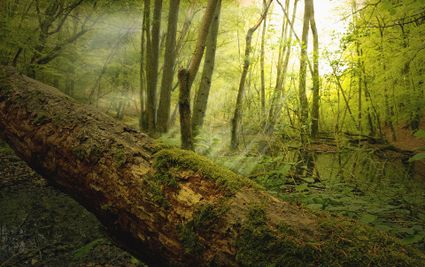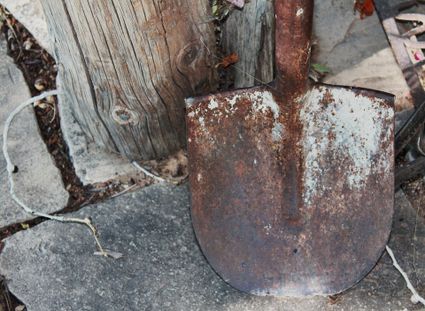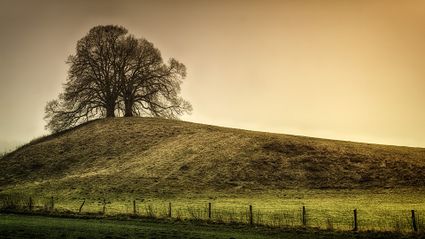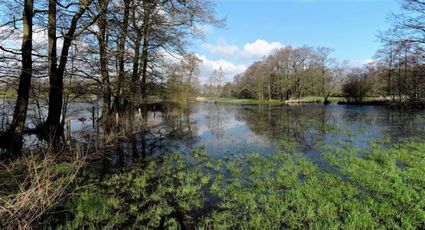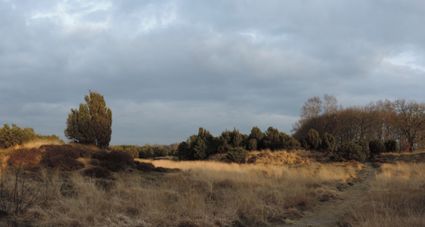Recreatief
61.0 km
The 60-kilometre ‘Arnica’ cycling route takes you to the VAM mountain, through Siberië, into magnificent nature areas and sand drift areas, and near the smallest house in Drenthe. This cycling route is named after the Arnica plant, also known as wolf’s bane, a plant typically found in Drenthe.
Before starting your route, it is a good idea to climb the VAM mountain to visit Information Centre De Blinkerd at the top. Here, you can admire the splendid views from the highest point in Drenthe at 56 metres above sea level.
The cycling route takes you right into the Boerenvee…
The 60-kilometre ‘Arnica’ cycling route takes you to the VAM mountain, through Siberië, into magnificent nature areas and sand drift areas, and near the smallest house in Drenthe. This cycling route is named after the Arnica plant, also known as wolf’s bane, a plant typically found in Drenthe.
Before starting your route, it is a good idea to climb the VAM mountain to visit Information Centre De Blinkerd at the top. Here, you can admire the splendid views from the highest point in Drenthe at 56 metres above sea level.
The cycling route takes you right into the Boerenveensche Plassen, a large open heathland with ponds and peat bogs, through the hamlet of Zwartschaap towards the region of Siberië. The route leads through the villages of Nieuw-Balinge, Gees and Meppen, past the breath-taking Gees forestry area and the sand drifts at Mepperdennen and Mantingerzand. You might even hear the call of the golden oriole at the Vossenberg country estate before making your way back to the VAM mountain.
The cycling route starts at the car park for Information Centre De Blinkers (VAM mountain) at the Vamweg 5, 9418 TM Wijster. Parking at the centre is free of charge. Leave the car park and cycle towards Hub point 21, where you can join the Arnica route. It is also possible to join the route at other locations by following the signs.
Vamweg 5
9418 TM Wijster
Navigate to starting point
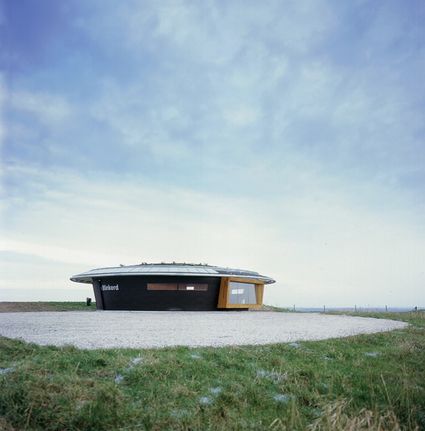
Do you want to test your climbing skills? Drenthe is a great place to do so nowadays. A brand new cycling course on the VAM-berg opened in October 2018, and it is a true climbing heaven for athlet1
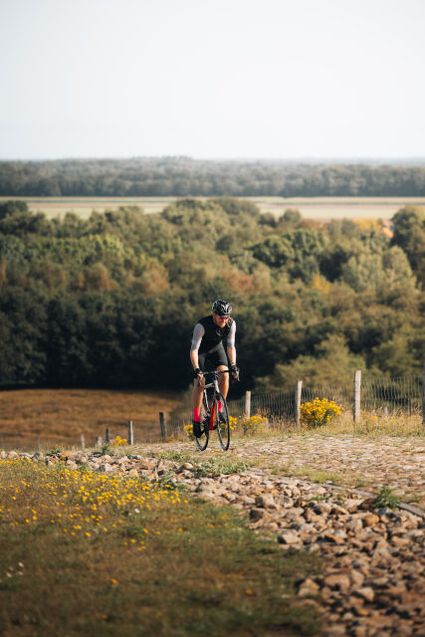
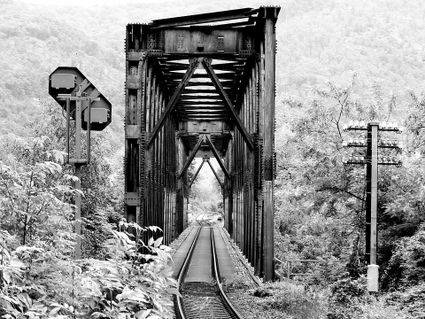

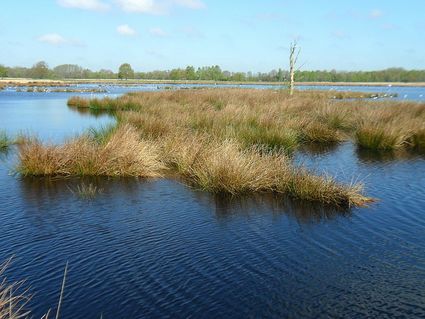
Shortly after Van Gogh arrived in Drenthe, forests were planted here as an investment by the owner of the Kremboong sugar factory on Java.
